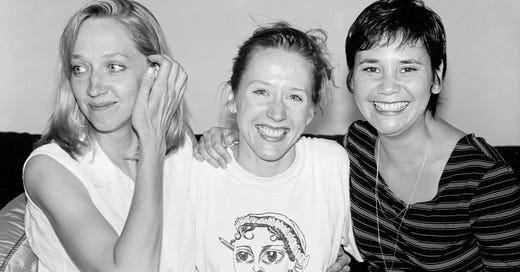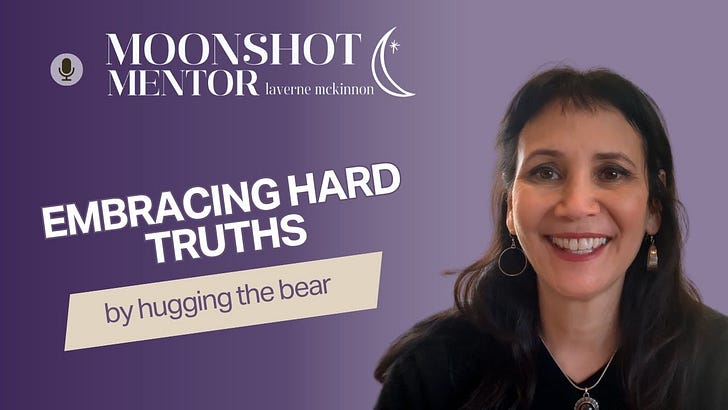The $7500 check was a huge surprise. I didn’t realize my new gig at CBS in 1996 came with an annual bonus (dependent, of course, on the company meeting certain success metrics). I was so naive I didn’t read the contract I signed. At that point in my career, success was getting paid on a regular basis plus a few weeks of vacation and ten holidays. That f…
Listen to this episode with a 7-day free trial
Subscribe to Moonshot Mentor with Laverne McKinnon to listen to this post and get 7 days of free access to the full post archives.












